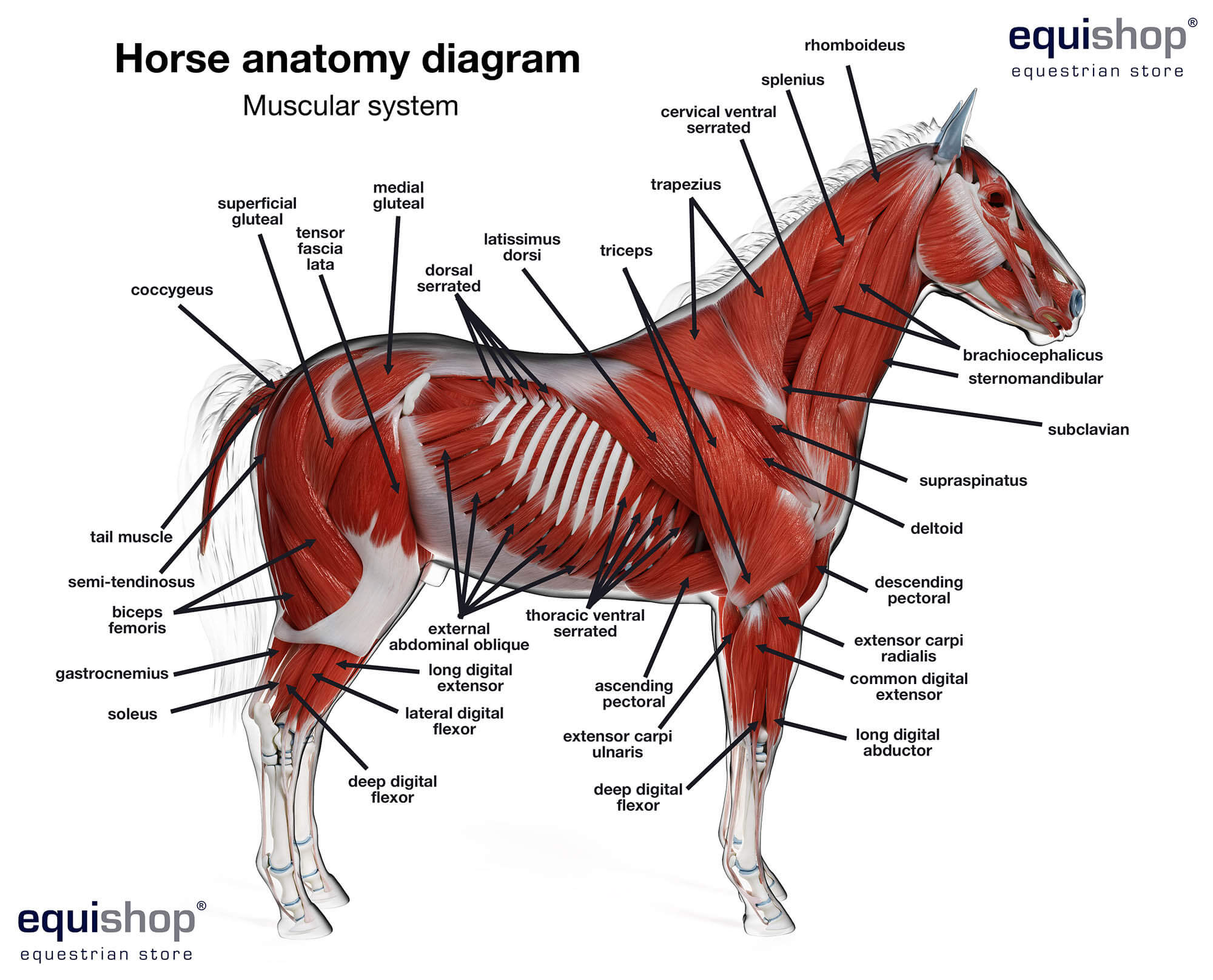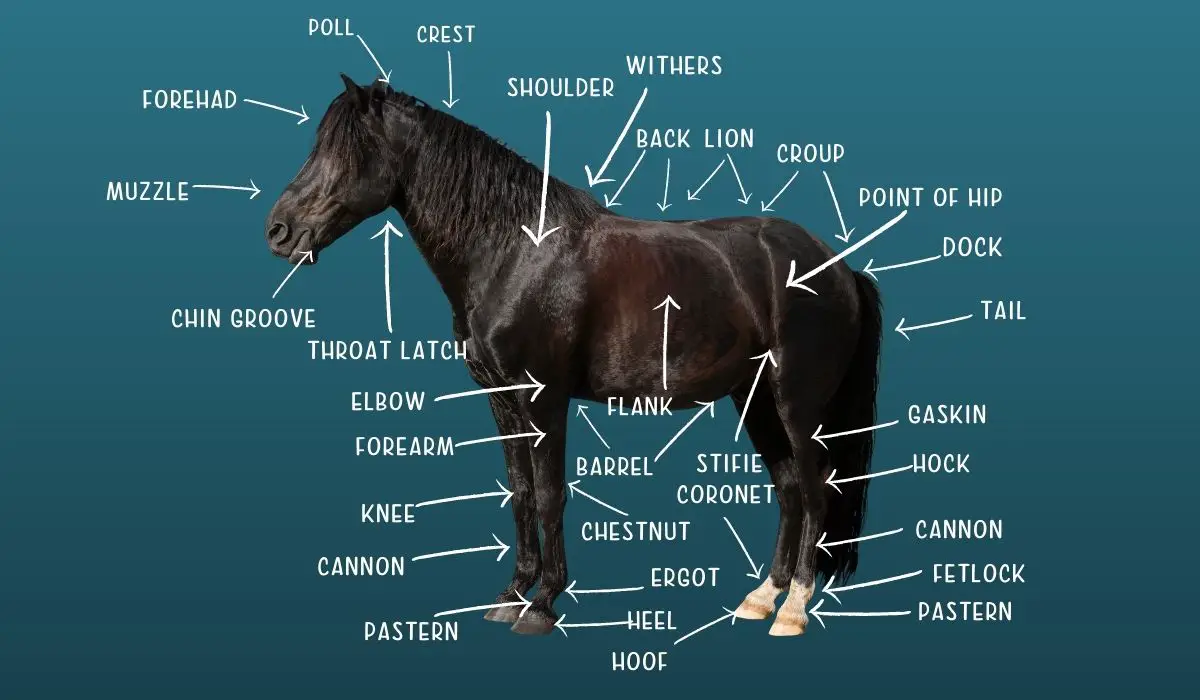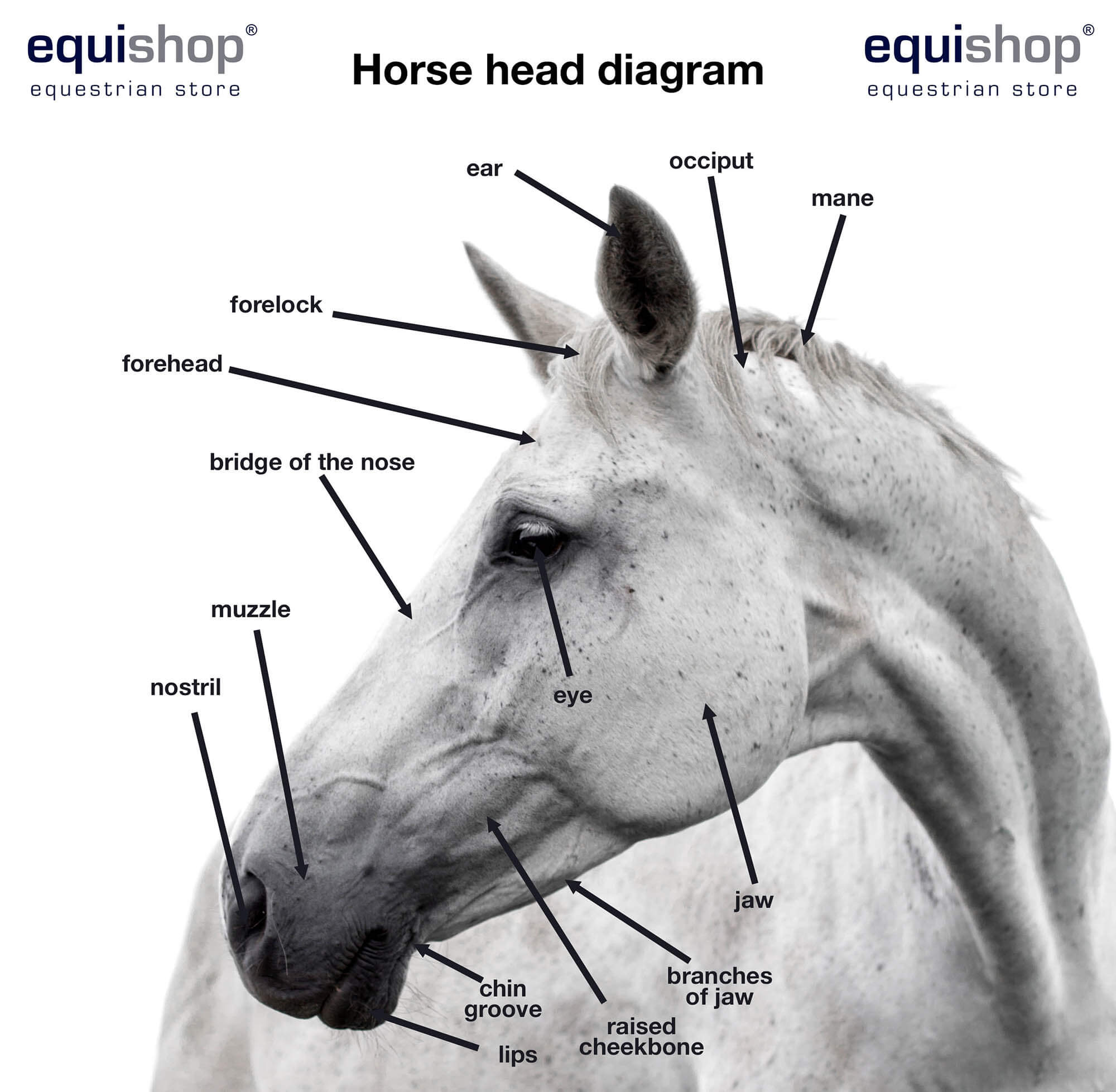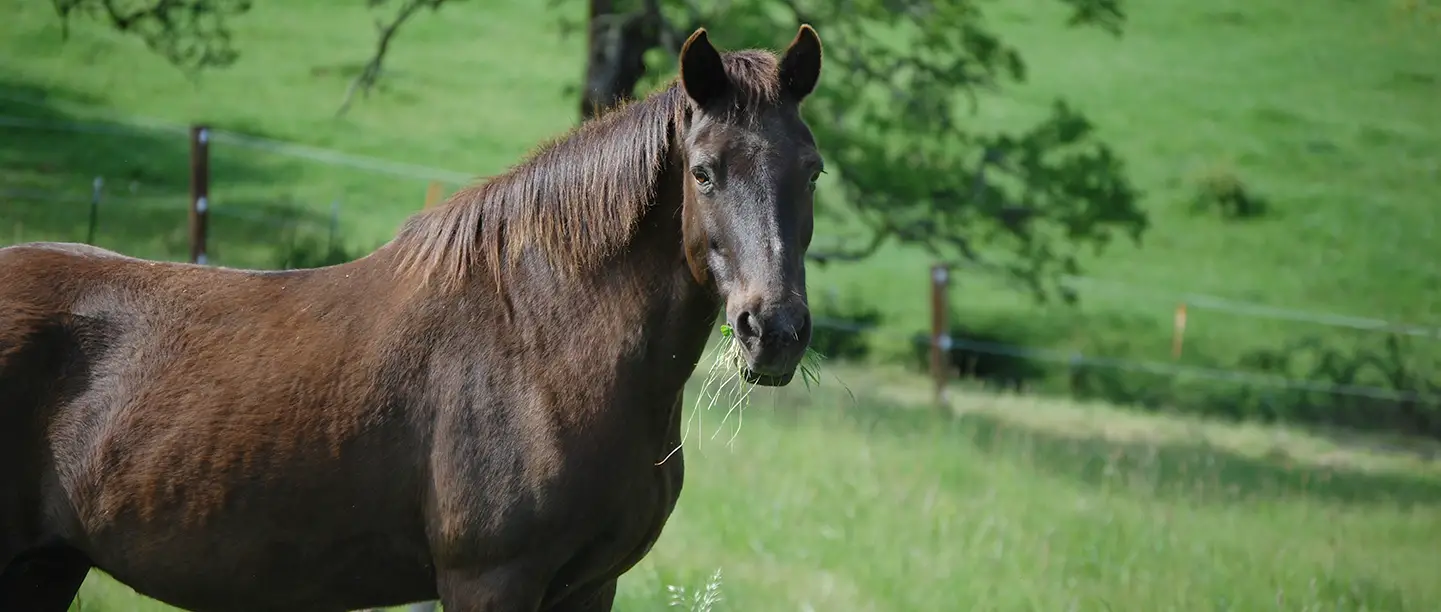Horses are fascinating creatures, and there is much to learn about them, including the anatomy and terminology associated with these majestic animals. One common question that arises among horse enthusiasts is, “What is the left side of a horse called?” In this blog post, we will delve into the answer to this question and explore the significance of the left side of a horse in equestrian culture.
The Anatomy of a Horse

Before we can understand what the left side of a horse is called, it is important to have a basic understanding of the anatomy of these magnificent animals. A horse’s body is divided into distinct parts, each with its own unique features and functions. From the powerful legs that enable them to run with grace and speed to the intricate structure of their skeletal system, horses are truly remarkable creatures.
The Left Side of a Horse
When examining the left side of a horse, it is essential to consider the terminology used to describe this specific area of the animal. The left side of a horse is commonly referred to as the “near side.” This term is steeped in tradition and has been passed down through generations of equestrians.
Historical Significance
The use of the term “near side” to describe the left side of a horse has deep historical roots. In ancient times, horses were often used as a means of transportation and were vital to the success of various cultures and civilizations. As a result, specific terminology and practices were developed to ensure effective communication and care of these valuable animals. The designation of the left side as the “near side” likely stems from the fact that it is the side closest to the rider when mounting and handling the horse.
Practical Implications
Understanding the significance of the left side of a horse, or the near side, has practical implications for those involved in equestrian activities. When grooming, tacking, or mounting a horse, it is customary to approach the animal from the left side. This tradition serves as a practical way to maintain consistency and safety when working with horses, as it allows handlers and riders to develop a routine that minimizes confusion and potential mishaps.
Equestrian Etiquette

In addition to its practical implications, the use of the term “near side” also holds cultural and etiquette significance within the equestrian community. Proper horsemanship involves a deep respect for tradition and a commitment to following established norms and practices. By adhering to the tradition of referencing the left side of a horse as the near side, equestrians demonstrate their reverence for the history and heritage of horsemanship.
Symbolism and Tradition
The left side of a horse, or the near side, is symbolic of the enduring bond between humans and these magnificent animals. Throughout history, horses have played a crucial role in shaping the destiny of civilizations and have been revered for their strength, beauty, and loyalty. As a result, the terminology associated with horses carries a rich symbolism that honors the enduring partnership between humans and horses.
Respecting Tradition
By honoring the tradition of referring to the left side of a horse as the near side, equestrians pay homage to the generations of horsemen and horsewomen who have come before them. This act of respect and reverence for tradition fosters a sense of unity and camaraderie within the equestrian community, as individuals come together to celebrate and preserve the heritage of horsemanship.
Practical Considerations

In addition to its cultural and historical significance, the terminology associated with the left side of a horse has practical implications for those involved in the care and handling of these animals. Whether it is a seasoned equestrian or a novice horse enthusiast, understanding the proper terminology and practices related to the left side of a horse is crucial for ensuring the safety and well-being of the animal.
Grooming and Tacking
When grooming a horse, it is customary to approach the animal from the near side, or left side. This practice allows for consistency in handling and grooming procedures, as well as minimizing potential confusion for the horse. Similarly, when tacking up a horse for riding, approaching from the near side ensures that the horse is familiar with the routine and can anticipate the next steps in the process.
Riding and Mounting
For riders, understanding the significance of the left side of a horse is essential for safe and efficient mounting. Approaching the horse from the near side allows for a predictable and consistent process when mounting, reducing the risk of startling or confusing the animal. Additionally, mounting from the near side facilitates a smooth transition onto the horse’s back, promoting a harmonious and respectful interaction between rider and horse.
Curious about the different parts of a horse? Explore our articles on muzzle, wither, and headstall to gain a deeper understanding of the fascinating world of horse anatomy!
Conclusion

In conclusion, the left side of a horse is commonly referred to as the near side, a term that holds deep historical, cultural, and practical significance within the equestrian community. By understanding the importance of this terminology and the traditions associated with it, equestrians can cultivate a deeper appreciation for the enduring partnership between humans and horses. Whether it is through grooming, tacking, or riding, the near side represents a timeless connection to the rich heritage of horsemanship and serves as a testament to the enduring bond between humans and these remarkable animals.



